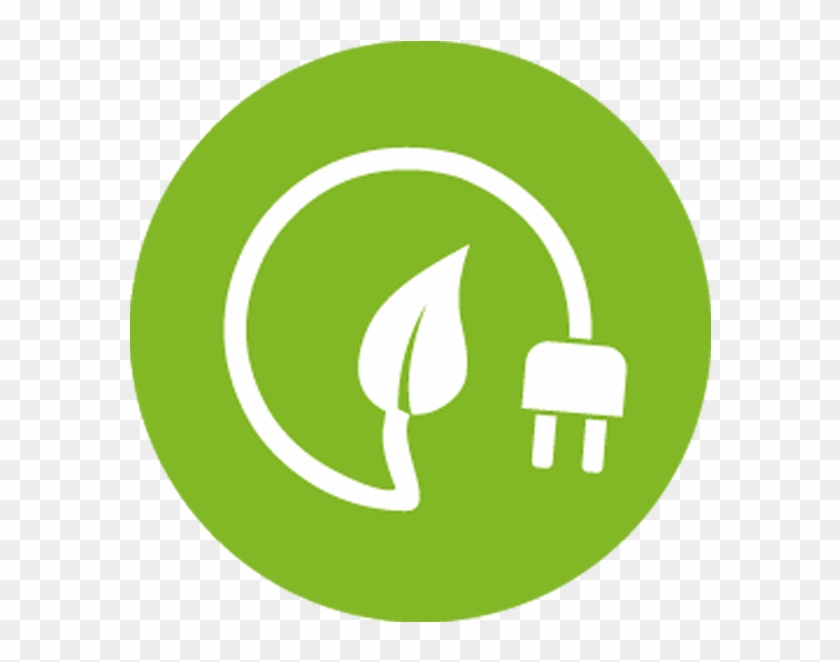The Real Value of Solar Panels:
When most people think of solar power, they think of green energy. While solar panels are a cleaner alternative energy source, what about the financial benefits? Let’s look at solar power through “green-colored glasses,” from an investment standpoint. Solar panels efficiently produce electricity from the energy of the sun. The term “efficient” implies accomplishing an equivalent task using fewer resources. In other words, consumers can decrease their energy bills by producing their own energy at a lower cost. For example, the average cost of producing electricity from utility companies in Arizona is $.12-$.13 cents per kWh, according to the US Energy Information Administration. By comparison, the average cost of a solar kWh is $.06-$.09.
Investment Income:
Solar panels are a safe investment for people who want to grow their income. Keep in mind, that the industry-standard lifespan of solar panels is 30 years. You can pay for solar in two ways: through a lump sum or a loan agreement.
With a lump-sum payment, solar panels pay for themselves within about five to fifteen years. Let’s say you paid $15,000 upfront. You got a 26% tax rebate because you live in Arizona, which knocks the total down to $11,100. Then, your energy bills were cut in half because of the electricity produced by solar panels. You used to pay $150 per month and now you pay about $75, saving $900 per year. Divide the total sum (11,100) by your yearly savings (900) and you get 12.3 years. That means, shortly after a decade, your solar panels have completely paid themselves off. Afterward, you are collecting 100% profit throughout the remaining 17.7 years. For panels lasting 30 years, that equals $15,930 in profit!
The second option, using a loan, is the most common because it requires little to no money down. Usually, the monthly savings are equivalent to or even outweigh the loan payment. To illustrate, we can use the same numbers from our first example. For instance, let’s say the loan agreement is 25 years. Using a $15,000 loan means your monthly payment could be as low as $50. Well, we’ve already determined that you’re saving an average of $75 a month. $25 x 25 years x 12 months = $7,500 in profit. Then, the remaining 5 years would be all profit, equating to an additional $4,500. Don’t forget, that your rebate check from the government was $3,900, totaling $15,900.
Either way, solar pays for itself and then contributes to income. It’s a low-risk, high-reward investment. Even if a natural disaster strikes, there is insurance specifically for that. Plus, most installers offer regular maintenance and repairs that are bundled into the price.
Adds Value to your Home:
Believe it or not, homes with solar installed have a higher value and appraise for more. Why? One reason is that people recognize the value of lower utility bills. The other reason is that efficient homes are more durable and of a higher quality. In other words, that translates to instant equity.
Also, homes sell for an average 4.1% percent higher price, as reported by Zillow. On a medium-value home, that equals $9,274. So go ahead and add that to the money solar panels can make for you! Plus, when you do decide to sell your home, the loan and warranty are transferrable to the new owner.
Avoid Rising Energy Costs:
Another huge benefit of solar is locking in your energy rate for the lifetime of your panels. Over time, energy costs have been steadily rising along with the price of fossil fuels, increasing natural disasters, and inflation. Opposingly, renewable energy through solar costs are actually trending downwards. As technology improves, the cost of solar increases because it’s an unlimited resource. As stated by the US Energy Information Administration, utility electricity costs in 2021 at the fastest rate since 2008, at a rate of 4.3%. The average kWh cost in the U.S. is now 13.72 cents.
Get Plugged in Today!:
Arizona HERS Raters is partnered with SVG solar to bring you quality quotes and installations. Contact us and see how much you can save!

